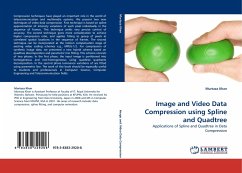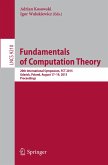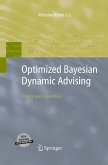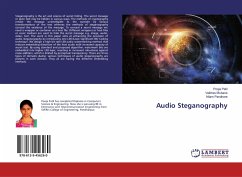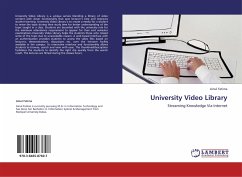Compression techniques have played an important role in the world of telecommunication and multimedia systems. We present two new techniques of video data compression. First technique is based on spline approximation of intensity variations of each pixel individually in the sequence of frames. This technique yields very precise control of accuracy. The second technique gives more consideration to achieve higher compression ratio, and applies fitting to group of pixels at correlated spatial locations in the sequence of frames. The second technique can be incorporated at the motion compensation stage of existing video coding schemes e.g., MPEG-1/2. For compression of synthetic image data, we presented a new hybrid scheme based on quadtree decomposition and parametric line fitting. This scheme consists of two phases. In the first phase, the input image is partitioned into homogeneous and non-homogeneous using quadtree quadrants decomposition. In the second phase luminance variationsof are fitted using parametric line. The work of this book should be especially useful to students and professionals in Computer Science, Computer Engineering and Telecommunication fields.
Bitte wählen Sie Ihr Anliegen aus.
Rechnungen
Retourenschein anfordern
Bestellstatus
Storno

